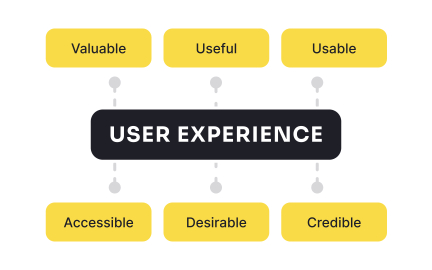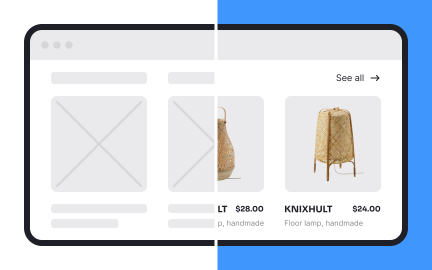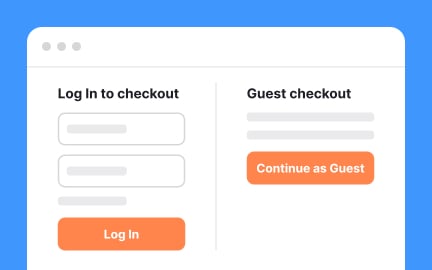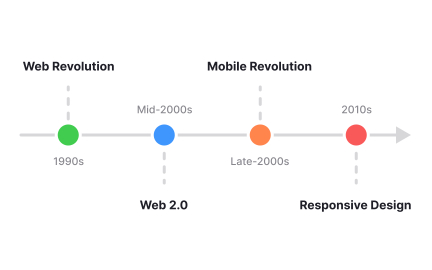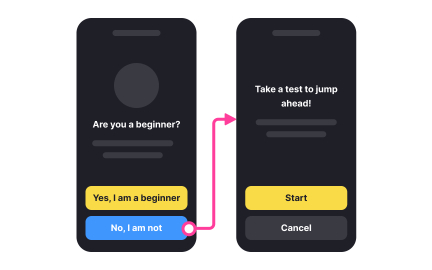User Experience (UX)
User Experience (UX) is the overall experience a user has after interacting with a product or a service, including usability, accessibility, and satisfaction.
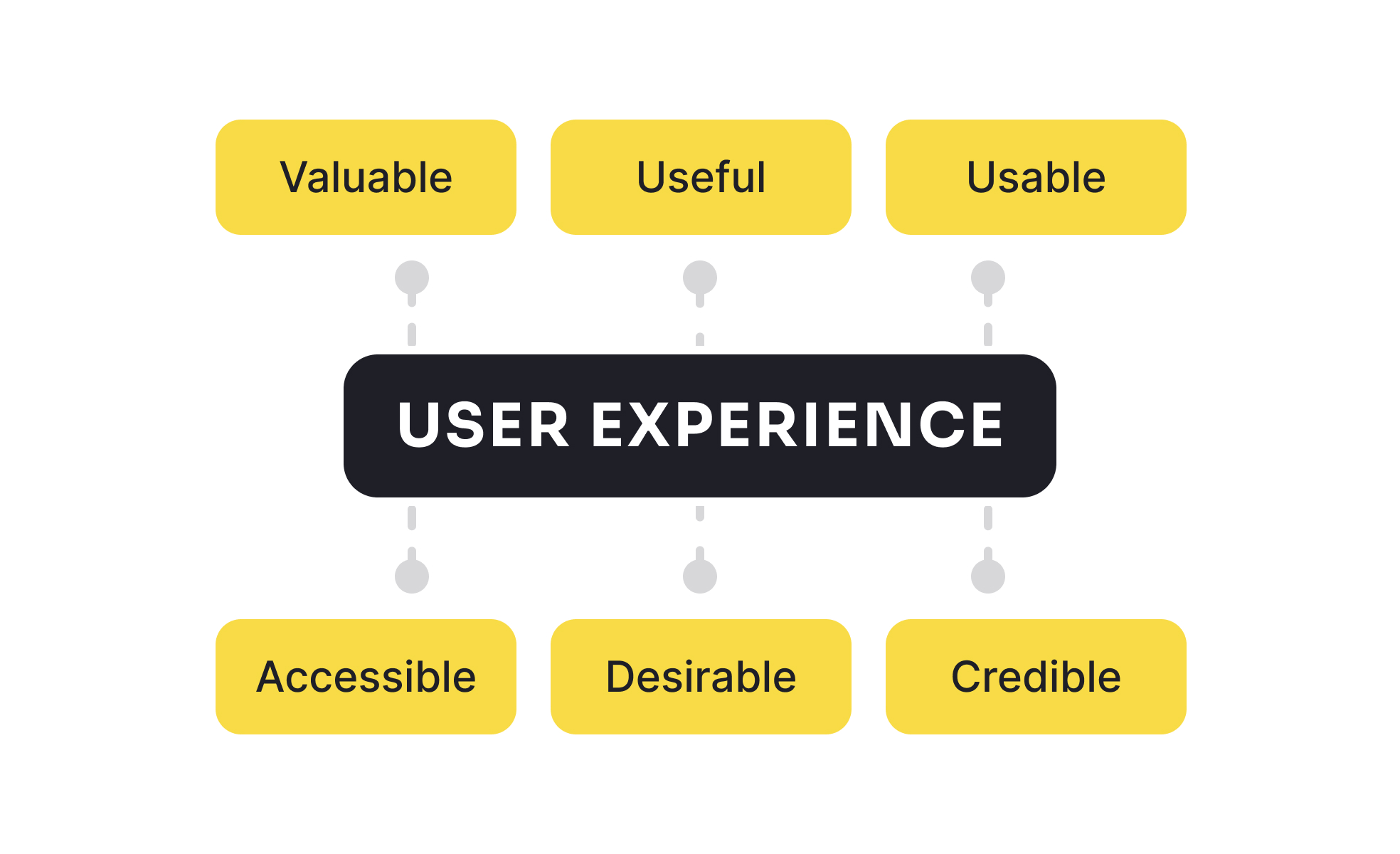
TL;DR
- Overall impression of using a product.
- Combines usability, design, and satisfaction.
- Influenced by efficiency, clarity, and trust.
- Central to product success and retention.
Definition
User experience (UX) is the sum of a user’s perceptions and feelings when interacting with a product, covering functionality, usability, design, and emotional response.
Detailed Overview
UX goes beyond the surface appearance of a product. It encompasses how intuitive, efficient, and satisfying it is to use. A product that is visually appealing but frustrating to navigate fails to deliver a strong UX. Conversely, even a plain interface can succeed if it allows users to accomplish tasks easily and confidently.
A frequent question is how UX differs from usability. Usability measures whether tasks can be completed effectively and efficiently. UX is broader, covering not only task completion but also how people feel throughout the process. For instance, an app may let users book a flight quickly (usability), but if the confirmation feels reassuring and the design trustworthy, the overall UX is stronger.
Another common query involves the components of UX. Key elements include usability, accessibility, desirability, credibility, and value. Each contributes differently: usability ensures tasks can be achieved, accessibility ensures inclusivity, desirability builds appeal, credibility fosters trust, and value ties the experience back to user and business goals.
Teams often ask how UX is evaluated. Methods include usability testing, surveys, analytics, and observational research. Heatmaps and session recordings highlight behavioral patterns, while satisfaction surveys and Net Promoter Scores capture sentiment. Combining these methods provides both quantitative and qualitative views of experience.
UX also shapes competitive advantage. Products with strong UX see higher adoption, lower churn, and greater customer loyalty. Poor UX, by contrast, creates frustration, increases support costs, and drives users to competitors. This business impact explains why UX is considered a strategic priority, not just a design concern.
Finally, UX is multidisciplinary by nature. It involves contributions from design, research, engineering, product management, and even customer support. Aligning these roles around user-centered goals ensures that UX is not an afterthought but a guiding principle across the product lifecycle.
Learn more about this in the What is User Experience (UX) Exercise, taken from the What is UX Design Lesson, a part of the UX Design Foundations Course.
Recommended resources
Courses

UX Design Foundations

User Psychology

Enhancing UX Workflow with AI

Design Terminology

Common Design Patterns

Accessibility Foundations

Wireframing

UI Components II

Design Composition

Mobile Design

UX Design Patterns with Checklist Design

Introduction to Figma

3D Design Foundations

Psychology Behind Gamified Experiences

Reducing User Churn

Apple Human Interface Guidelines

Human-Centered AI
Lessons

What is UX Design?

UX Design Principles

UX Design Deliverables

Intro to UX Copy

Common Designer Roles
Exercises
Tutorials

Mastering the 60-30-10 Rule in Design

Storytelling, not reporting. Engaging case studies

16 Best Practices for Posting Your First Project

Mastering Elevation for Dark UI: A Comprehensive Guide

8 Design Tips to Reduce Cognitive Load
Projects

Uxcel Pride Month Scholarship Program

Checkout page for Ukrainian shop

Unity 🌈

Pride Month UX/UI case study

MobLearn - Education Web App
FAQs
UI design focuses on the look and feel of interfaces, while UX covers the entire experience, including usability, accessibility, and satisfaction.
UI is one component of UX but not the whole picture.
Usability, accessibility, desirability, credibility, and value are core components. Together, they ensure products are efficient, inclusive, trustworthy, and rewarding.
A weak link in any one area reduces the overall experience.
Through usability tests, analytics, surveys, and observational studies. Metrics like task success rate, time on task, and satisfaction scores provide insight.
Combining methods ensures reliable evaluation and actionable insights.
Strong UX improves adoption, retention, and loyalty while reducing support costs. Poor UX frustrates users, leading to churn and reputational harm.
This makes UX as much a business priority as a design one.
UX is a shared responsibility across designers, researchers, engineers, product managers, and support staff. Collaboration ensures user needs remain central.
Treating UX as a team-wide effort improves consistency and outcomes.









